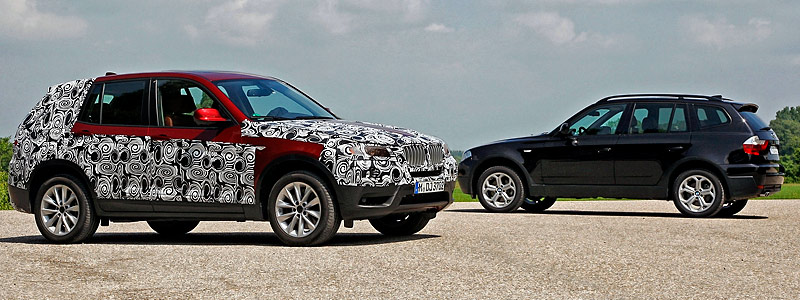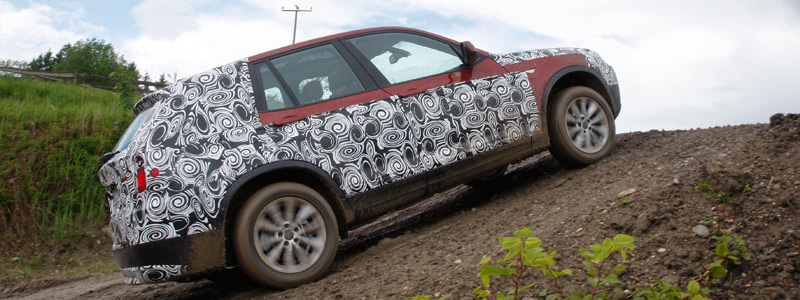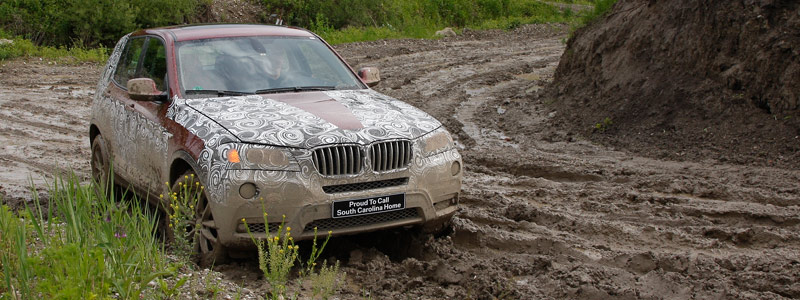
vasich
18.02.2012 15:03
|
That the 2010 X3 is the oldest model in BMW’s lineup becomes apparent before you even turn the key to start it. In fact, it is this very act — turning a key — that reminds us the X3 is a car from a not-too-distant, but entirely different, time. Now in its seventh model year, it’s about to be phased out by a thoroughly modern successor that not only promises to bring it up to date with the rest of the family but also address the major critiques of the first generation. The production version of the new X3 (designated F25, if you’re keeping tabs on BMW platform codes) won’t debut until October at the Paris Motor Show, so when we were offered an opportunity to catch some seat time in a pre-production prototype in the backwoods of Bavaria, we eagerly volunteered for our blindfold and a spot in the back of a cargo van for a little ride in the forest. Much to our relief, we were instead allowed to hop in a 2010 X3 and drive ourselves to a secluded farm in the Bavarian countryside, giving us a chance to assess back-to-back just how much better the second-gen X3 really is.

For 2011, the X3 grows up a bit, finally coming into its own as a true compact SUV instead of a jacked-up station wagon. Outright agility — while still very much important to the essence of any BMW — takes a back seat to, well, back seat comfort, cargo space, ride quality and general sophistication. Think of the next X3 as a leaner, lighter, less expensive X5 and you’ll get idea.


[ via http://www.mwerks.com/artman2/publish/road_tests/First-Look-2011-BMW-X3.shtml ]
|
























